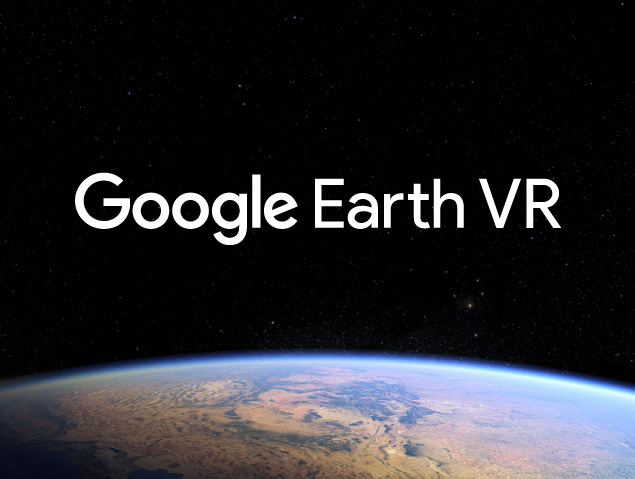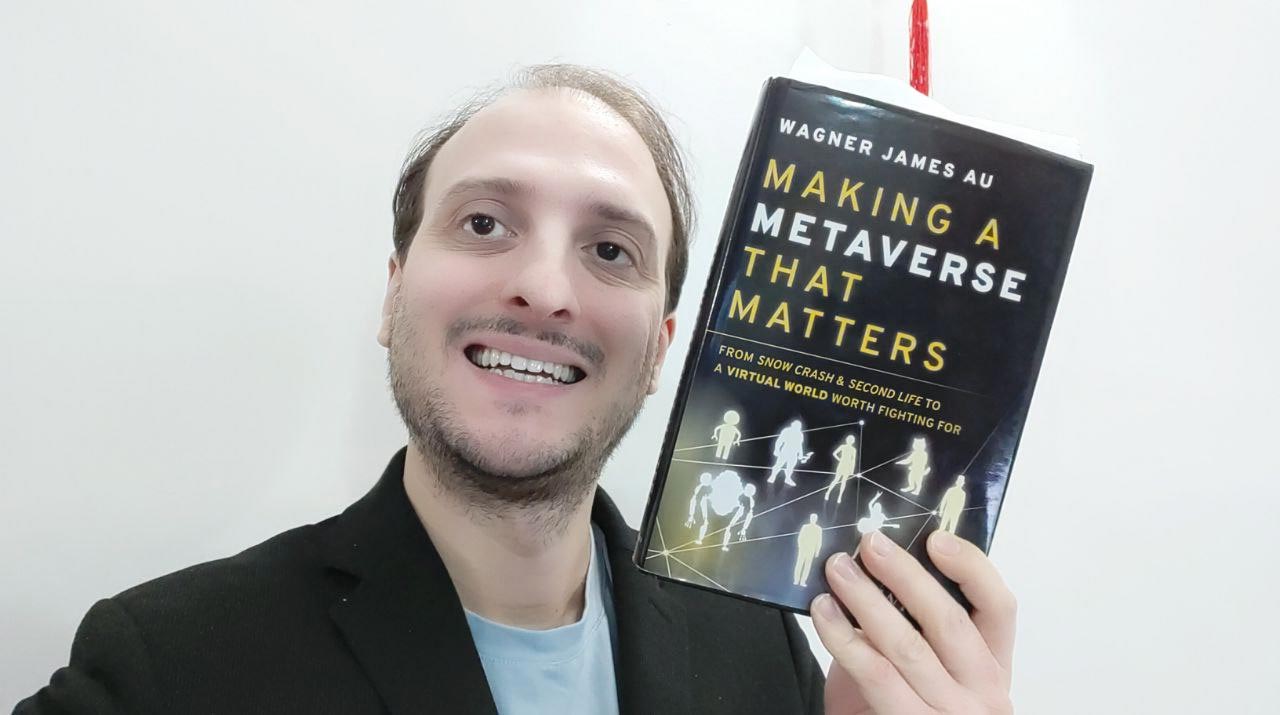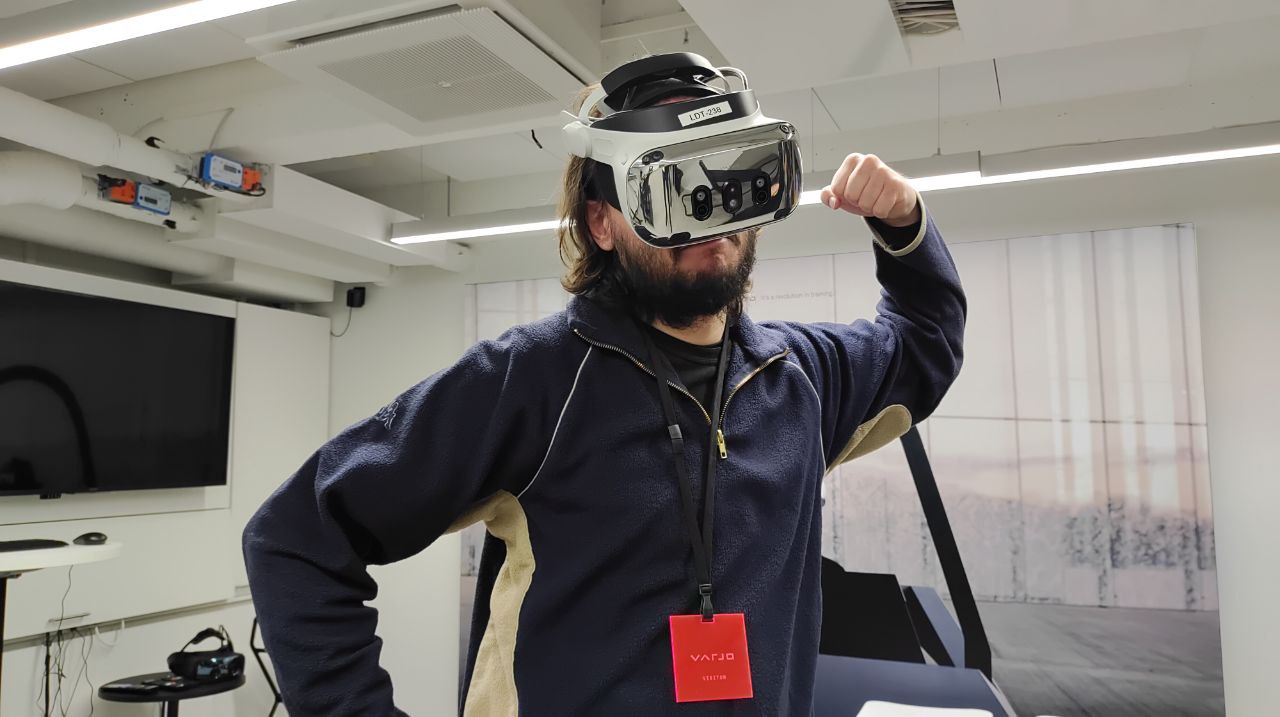Google Earth VR review (and how to make it work with Oculus)
Do you remember my article about Google Earth VR? It was about Google project of porting Google Earth to VR: an application you can already play for free on Steam and that has generated a lot of hype. At last, today I’ve managed to give it a try and so I can write you a little review.
First of all we all thought that Google made Google Earth only for Vive because at that time Oculus had not ergonomic controllers. But now Oculus has awesome controllers, the Touch, so finally Google Earth VR can work with Ocu…no, forget it: it continues working with Vive only. So, how is it possible that I tried it with my Rift and Touch? Well, there is a hack that I found thanks to RoadToVR and the name of this hack is FakeVive. FakeVive is basically a DLL that tricks the programs saying to it that the current headset is a Vive: it may actually be a Oculus Rift, Razer HDK or a potato, the program will think that it is a HTC Vive. The repository of FakeVive already has all instructions to use it to play with Google Earth VR, so all you have to do is go there and follow each step. Basically you get this DLL and put it on Google Earth executable directory and that’s it! You can finally play Google Earth with Oculus and Touch!
When Google Earth starts, it shows you inside a wonderful landscape, then the tutorial starts and lets you see yourself inside different wonderful places on Earth at different times of the day and you’re like “WOW, THIS IS F*CKIN AWESOME!”. Really, amazing… seeing this 3 minutes is wonderful… it makes you see the best places on Google Earth VR and in the end it also lets you see the planet Earth from the outside, like if you were an astronaut. It’s one of the most beautiful things I’ve done in VR… amazing. The greatest part is that it lets you see lots of places there have been 3D-reconstructed, so it’s really wonderful.
Then you should start giving commands to the program, to select the place to visit and this kind of stuff, and here the tricky part begins, since you see Vive controllers while you maybe actually have Touch, so you have to understand how to map the suggested commands to the actual commands on your controllers. Google Earth VR at first lets you a “standard Google Earth mode”, where you select the place to visit and then zoom in/out the earth using VR controllers. This is interesting, but not that special, of course: it’s like using Google Earth on a giant screen.
Then, the cool part begins: you can choose to walk/fly on a certain place, so you select it and you suddenly find the map under your feet…and you can fly over it (moving like you’re on a plane… going up, down, left, right, rotate…) or simply walk. Let me be honest: if you’re on a place that has only satellite views, this is almost a disappointing experience. It’s like walking on a geography book. I’ve been to my house in Turin, Italy and felt absolutely no emotions. The great stuff comes when you’re in a place that Google has 3D reconstructed. We’re talking about big cities like Hong Kong and Paris or places of turistical importance like Florence and Rome. When you’re in 3D cities, then the program is truly awesome: is like you’re a giant and you’re visiting that place: you can’t zoom to the actual dimensions of objects, so you can’t have the impression of being really there, but it’s cool anyway. It’s like being Godzilla! You can also change current time of day and seeing Florence by night, for example.
Sense of presence in my opinion is so and so… you have not a natural walking mechanic; you can’t see your body (you truly miss your body sensation in this navigation app… if they wanted to integrate it with our ImmotionRoom full body VR system it would be cool!); satellite-only places are flat and 3D-reconstructed place have a 2000-videogame-style-modeling, so no place will feel truly real.
About movement, people reported no nausea while using it and I said that it was strange, since you don’t use teleporting and you can fly over cities. In fact, it causes motion sickness, as I experimented by myself. The sickness is not that much due to the fact that they reduce FOV while you move (and this helps a lot, as I’ve told here) but this is another feature that lowers sense of presence. Fruthermore, I did not find movement mechanics super-immediate, but I think that this was not Google fault… is that I was using Touch commands adapted over Vive.
My final feedback is that Google Earth VR is a good VR experience that you have to try. It’s still rough about something, so you will not find the experience optimal, but the first 3 minutes are awesome and in my opinion it has enormous potential: if they mix Street View with all of this, you could actually visit all the places of the world and feel really there… like having 3D vacations with all your friends! This would be amazing. And I think that for geography lessons it would be awesome of course.
So, what are you waiting for? Go on Steam and download it!
(Video+image credits to Google)
Disclaimer: this blog contains advertisement and affiliate links to sustain itself. If you click on an affiliate link, I'll be very happy because I'll earn a small commission on your purchase. You can find my boring full disclosure here.



